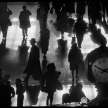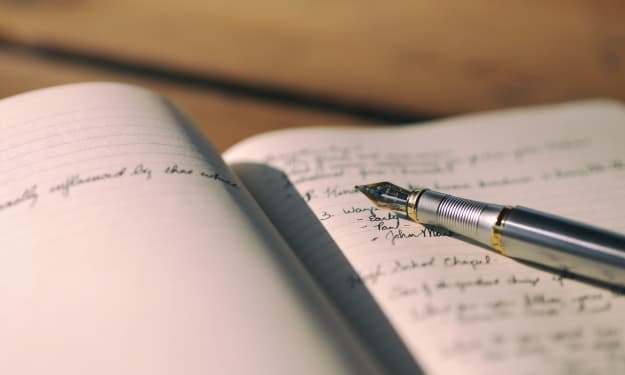The Unseen Watcher
Exploring the Mysterious World of Surveillance Art

In the heart of a bustling metropolis, where every corner hides a story and every shadow conceals a secret, there exists a realm of artistry that thrives in the unseen, the unheard, and the unnoticed. It is the world of surveillance art, where cameras are not just tools of observation but instruments of creativity. In this essay, we delve into the intriguing realm of surveillance art, where the boundaries between privacy and public observation blur, inviting us to question our perceptions of visibility and invisibility.
Surveillance art is a unique form of artistic expression that utilizes surveillance technology as its medium. Unlike traditional art forms that rely on canvas, paint, or sculpture, surveillance art harnesses the power of CCTV cameras, drones, and digital imagery to capture moments that unfold in public spaces. Artists in this genre are not just observers but orchestrators of visual narratives, manipulating perspectives and redefining the boundaries of surveillance.
One of the pioneers in surveillance art is Marcus Chen, known for his immersive installations that challenge viewers' perceptions of surveillance and privacy. In his acclaimed piece "Eyes of the City," Chen transforms a gallery space into a simulated urban environment, complete with live feeds from cameras placed strategically around the city. Viewers navigate through the space, experiencing the city's pulse through the lens of surveillance, raising questions about visibility, anonymity, and the power dynamics inherent in observation.
Another prominent figure in the world of surveillance art is Sofia Ramirez, whose work focuses on the intersection of technology, identity, and social commentary. In her series "Invisible Lines," Ramirez explores the concept of borders and boundaries, using drone footage to capture aerial views of geopolitical divides. The juxtaposition of natural landscapes with man-made barriers prompts reflection on the fluidity of boundaries and the implications of surveillance in shaping our understanding of territory.
Surveillance art is not without controversy, as it treads a fine line between artistic expression and ethical considerations. Critics argue that the use of surveillance technology in art can perpetuate invasive surveillance practices and erode privacy rights. However, proponents of surveillance art counter that it serves as a catalyst for critical dialogue about the implications of ubiquitous surveillance in contemporary society.
One of the defining features of surveillance art is its ability to engage viewers in active participation. Interactive installations invite viewers to become part of the surveillance apparatus, blurring the lines between observer and observed. This immersive experience challenges preconceived notions of surveillance as a passive act, inviting introspection on the role of observation in shaping our collective consciousness.
As technology advances and surveillance becomes more pervasive, the realm of surveillance art continues to evolve. From augmented reality experiences to data-driven installations, artists are pushing the boundaries of what constitutes surveillance art, provoking thought and discourse on the complexities of visibility in the digital age.
In conclusion, surveillance art offers a captivating glimpse into the interplay between observation, artistry, and societal norms. It challenges us to question our assumptions about visibility, privacy, and the power dynamics inherent in surveillance. As we navigate a world where cameras are ubiquitous and boundaries between public and private spaces blur, surveillance art serves as a poignant reminder of the unseen forces that shape our perceptions of reality.
The exploration of surveillance art is not merely an academic exercise but a journey into the depths of human perception and interaction with technology. It invites us to ponder the ethical implications of surveillance in art and society, prompting discussions on privacy, consent, and the boundaries of artistic expression. As we continue to witness the evolution of surveillance art, one thing remains clear: the unseen watcher is not just a passive observer but an active participant in shaping our understanding of the world around us.
About the Creator
Enjoyed the story? Support the Creator.
Subscribe for free to receive all their stories in your feed. You could also pledge your support or give them a one-off tip, letting them know you appreciate their work.






Comments
There are no comments for this story
Be the first to respond and start the conversation.